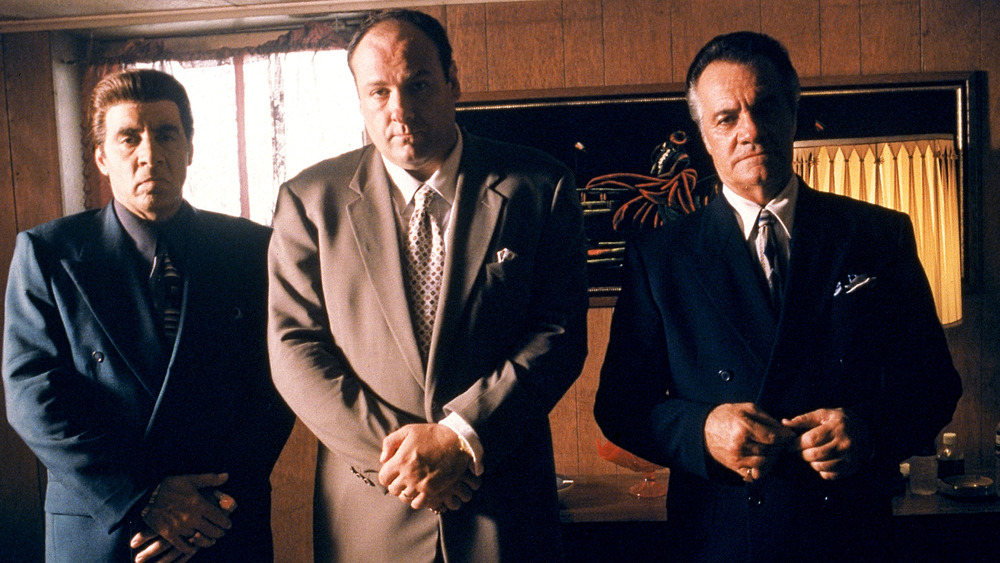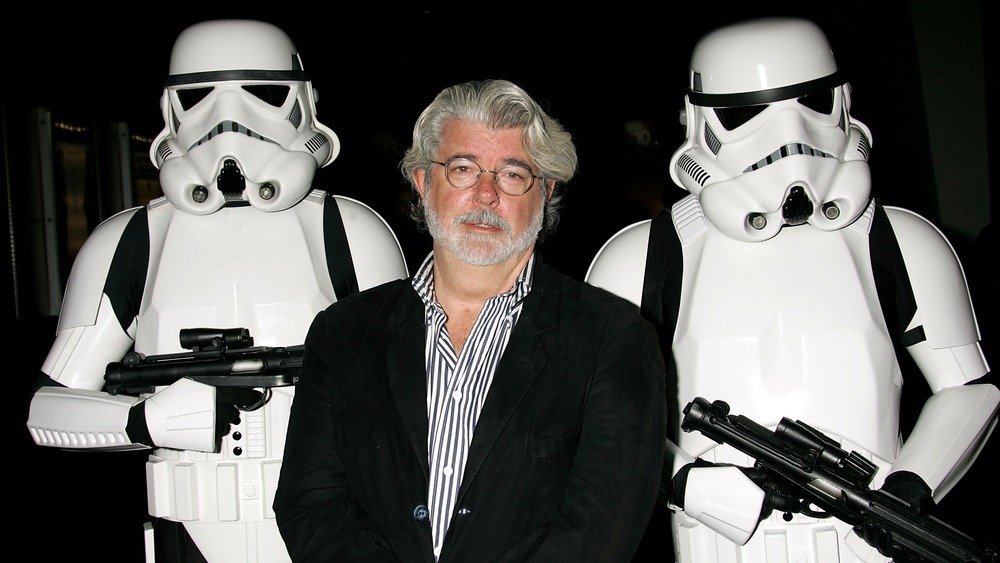The Dramatic History Of Cliffhanger Endings
We've all experienced them — in the figurative sense, anyway — and they're one of the most popular and effective plot devices used in storytelling in any medium: cliffhangers. Cliffhangers have been keeping audiences of all kinds coming back for more for centuries. MasterClass explains how cliffhangers originated from a book of Arabic folk stories called One Thousand and One Nights (where we find the story of Aladdin, among others), which was about a woman who told her husband story after story to keep herself from being executed. Novelists like Charles Dickens and Thomas Hardy also used the device in their classics, and, eventually, when radio and film came along, cliffhangers were still used as a popular plotting technique.
According to Merriam-Webster, the term "cliffhanger" came into English in the 1930s. By the 1950s, the term was also used in sports, meaning "a contest whose outcome is in doubt up to the very end." Cliffhangers have been used in some very creative ways; many of them have caused audiences grief and disappointment, while others have been a source of excitement, causing us to think by piecing together our own conclusions.
Soap operas such as Days of Our Lives and EastEnders have made cliffhangers an essential part of their stories, with some episodes becoming quite famous examples.
Some of the most popular cliffhangers in TV and film
According to MasterClass, the CBS prime-time soap opera Dallas, which mostly ran throughout the '80s, had cliffhangers at the end of every season. Viewers will remember its "Who shot J.R.?" episode as the best example of a popular cliffhanger. Other television series like Lost, Breaking Bad, The West Wing, and even Boy Meets World have left viewers biting their nails while at the edge of their seats waiting for a fitting conclusion, per Mental Floss. Of course, one of the most famous cliff-hangers, whether it was meant to be or not, was the final episode of The Sopranos, titled "Made in America," when screens abruptly went black and viewers thought they'd lost their TV signal.
Goliath came up with a list of some of the best cliffhangers in film history. Their choices?
The cliffhanger ending of The Empire Strikes Back is still one of the most popular in film history. The identity of Luke Skywalker's father is revealed; Han Solo is frozen and taken to Jabba the Hutt. In 2003 and 2004, Quentin Tarantino's popular and gritty revenge films Kill Bill left audiences hanging at the end of the first installment by setting up a great reveal and leaving certain narratives unfinished. With the second film, Tarantino extended the stories of certain brief character appearances and gave audiences an ending as bloody as it was fitting.
Cliffhangers will always be used to maintain tension, shake things up, and keep audiences returning to the stories.

